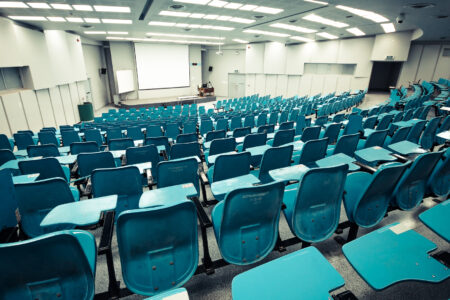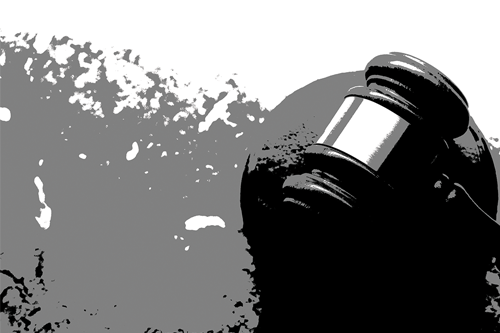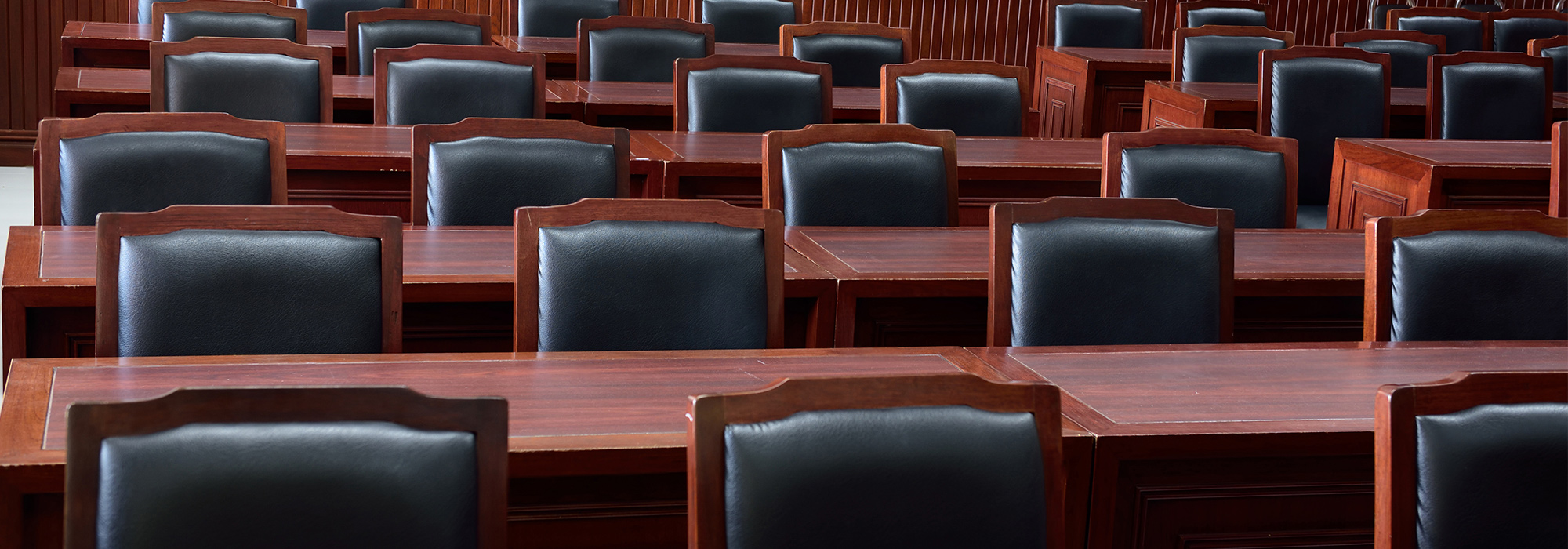
The prevailing method of teaching in law schools is about as old as Canada itself. The “case method” was innovative in the 1870s, when Christopher Columbus Langdell, dean of Harvard Law School, pioneered it. It was, and still is, far superior to the methods of rote learning that preceded it. Students read hundreds of original judicial decisions and learn to distill, articulate and critique rules of law and the reasoning behind the rules. In undertaking this gruelling ritual, they learn to speak a new language and begin to pay homage to the ideals of the legal system, such as certainty, fairness, equality, due process and efficiency. The mode is creative destruction: students learn to think like a lawyer by tearing their old selves apart and building them back up bit by bit.
But into what is the law student transformed? By playing litigator and judge, arguing opposing sides and testing ideas through duelling, law students learn to apply principles by which conflict can be resolved fairly. These skills, important as they are, are premised on a narrow view of legal practice that represents only a small fraction of the skills deployed by lawyers in various contexts. The list of opportunities for legal intervention into pressing human problems is endless: conflict avoidance; social, environmental and economic policy-making or activism; ensuring fair elections; international cooperation and conflict management—to name but a few.
If law schools wish to do a better job of preparing their graduates to make these broader contributions to society, they need to overcome the pedagogical stasis holding them back.
The lack of systemic change in the approach to law teaching is all the more perplexing given that law schools are fertile sites of critical self-reflection. The ink on Langdell’s first casebook had barely dried before legal scholars began attacking the purported neutrality of judge-made law. Legal realism, critical legal studies, and law and economics demonstrated that legal outcomes could not be determined by reason alone but rather were intimately related to more contextual considerations of personality, politics and policy. Later in the 20th century, clinical and experiential education took root in law schools across the continent. Yet despite this penchant for self-reflective change, the core message of what it means to be a lawyer and citizen embodied by the dominant pedagogy has remained more or less constant.

The reasons for this resilience are complex but they certainly include the lack of incentives for innovation in teaching. Law schools are famously hierarchical places, with the milestones for hierarchy reached predominantly through research achievement. To the extent that teaching matters, it is most often judged using teaching evaluations, the best results on which probably do not come from taking risks. (Irwin Cotler, an MP, former minister of justice and emeritus professor of law at McGill University, coined the term “conspiracy of mediocrity” to describe the tacit agreement whereby professors fail to challenge their students in return for good evaluations.)
The safest way for a first-time instructor to teach a course is to inherit a syllabus, assign the school’s textbook of choice, and instruct using the method everyone expects—the case method. Then path dependency kicks in. This may be why a course on contract law looks very similar in 2014 to how it looked like in 1980, 1950 or even 1880.
Breaking this cycle requires structural changes to teaching. For example, law schools could consider hiring teaching-stream tenure-track instructors, as is common in other fields (such as geography and mathematics), a practice that elevates the reward for good teaching to that of good research. This would not only internalize the incentives for teaching innovation into the core of the job description, but it would lead to developing more sophisticated metrics for evaluating excellence in teaching. Such appointments would signal to the general professoriate the importance of teaching, and the appointees could provide models and resources for all professors to use.
Furthermore, adopting a robust model of co-teaching would spur innovation. Truly collaborative course design disrupts habitual approaches and demands an articulation of the values and presuppositions underlying teaching methods. Law schools are uniquely positioned to recruit co-teachers. Many practising lawyers currently teach at law schools, albeit with the revealing title of “adjunct.” Instead of consigning these practitioners to teach alone, why not pair them with full-time academics and assign them a joint mandate to discover the emergent features of learning and knowledge that might arise from their collaboration? An academic and practitioner in true collaboration could tease out the mutually reinforcing lessons of theory and practice; students could discover, and see modelled in this partnership, the opportunities and tensions that arise when the abstract ideals of law encounter real-life situations.
In the current debate about the changing role of law school, two features have been largely absent: a concern with teaching and a concern with citizenship. Both lie at the core of what a law school does, and they work hand in hand. A reevaluation of pedagogy would be perhaps the greatest yet least acknowledged opportunity to maximize legal education’s contribution to society.
Photo: Shutterstock







